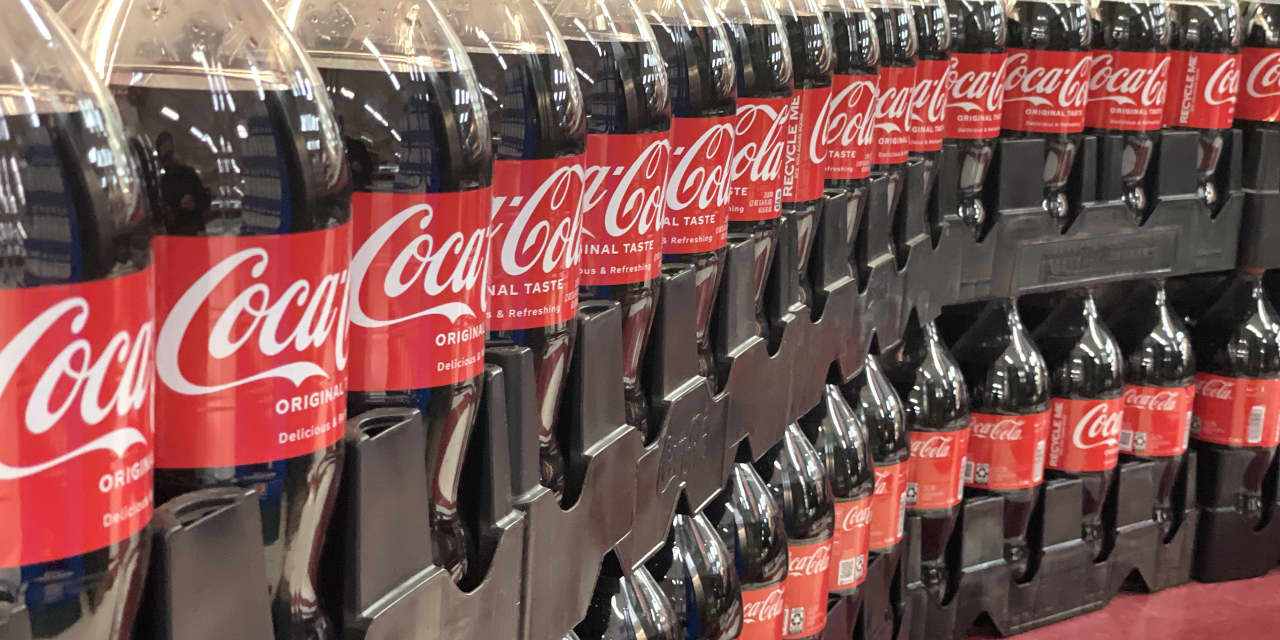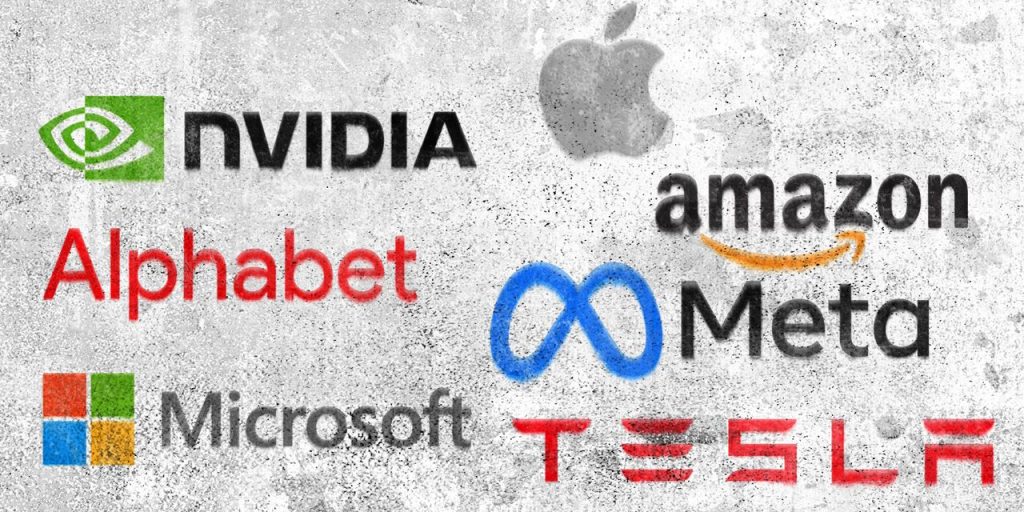Bond yields are showing signs that they have peaked. If they keep dropping, it would make a host of stocks look attractive.
The run upward, fueled by expectations the Federal Reserve will keep interest rates high as it fights inflation, has been spectacular. The yield on 10-year Treasury debt briefly edged past 5% this week, a multidecade high, from a summer low of just under 3.7%.
A few factors make it look as if the surge is over and that yields could head lower. In the first place, the 10-year yield has fallen to about 4.86% from its high of 5.02% on Monday morning. That means buyers are coming in quickly, sending the price of the debt upward and its yield lower.
Those investors have plenty of reason to stay in the market, which would send the yield even lower. According to data from the St. Louis Fed, the yield is almost 2.5 percentage points above the average annual inflation rate expected over the next 10 years.
That differential, among the biggest since the 2008-09 financial crisis, could attract more bond buyers.
If that happens, so-called defensive stocks, which have underperformed the
S&P 500
this year, would turn into the market’s winners. Companies in those sectors sell products that people buy regardless of the economic situation, so their profits hold up when earnings flag in other areas. That makes them a haven.
Another positive is that defensive stocks tend to pay high and stable dividends. Those payouts become more appealing when bond yields drop, as tends to happen when the economy weakens or inflation declines.
Utilities are the poster child for this dynamic. The
Utilities Select Sector SPDR
fund (ticker: XLU), home to regulated utilities such as
Duke Energy
(DUK) and
Dominion Energy
(D), is down almost 17% for the year, versus double-digit gains for the S&P 500. That puts the sector on pace for its worst annual underperformance on record, according to Dow Jones Market Data.
That weakness is in large part a result of the rise in bond yields, so those shares could take off if yields keep dropping. In the past five years, utilities in the S&P 500 have had a negative correlation to the 10-year yield, according to
Citi,
which means that in months when the yield falls, utility stocks rise.
Consumer staples and healthcare have a similar story. The
Vanguard Consumer Staples
exchange-traded fund (VDC), home to
Procter & Gamble
(PG) and
Coca-Cola
(KO), among others, has fallen about 6% for the year. The
Health Care Select Sector SPDR
fund (XLV), which owns the likes of
UnitedHealth Group
(UNH) and
Johnson & Johnson
(JNJ), is down about the same amount. Both sectors tend to gain in months when the 10-year yield drops.
And then there is technology, which is a slightly different story. The sector is the most negatively correlated to the 10-year yield, so any declines in it tend to make tech stocks jump. Investors often buy rapidly growing tech companies because of the earnings they are expected to produce in the future—and lower yields on long-dated debt boost the current, discounted value of those earnings.
The
Technology Select Sector SPDR
fund (XLK), home to names such as
Microsoft
(MSFT) and
Alphabet
(GOOGL), has outperformed the S&P 500 this year because excitement over advances in artificial intelligence has raised expectations for those companies’ profits. But the rally has recently taken a breather. The fund is down from the record high it hit over the summer.
It may be time to buy: Give all four sectors a look.
Write to Jacob Sonenshine at [email protected]
Read the full article here







